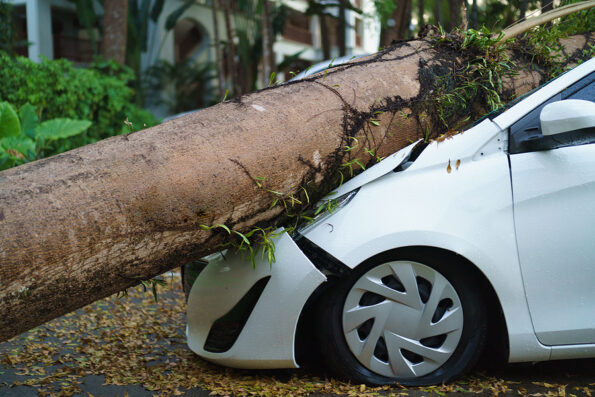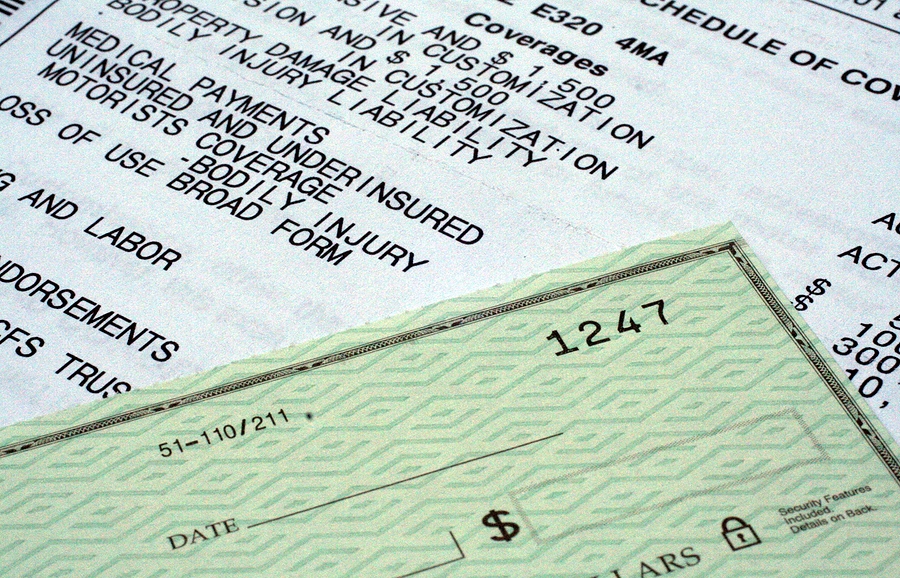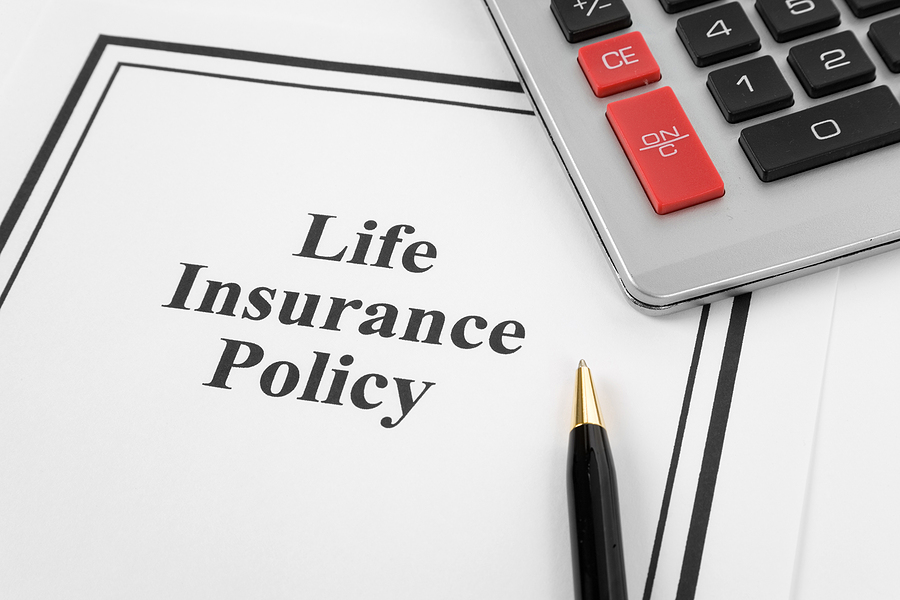When it comes to car insurance, most people think about getting the best deal on their policy. While this is certainly important, it’s not the only thing you should be thinking about. Another option to consider is bundling your car insurance with other policies, such as home or renters insurance. In this blog post, we’ll discuss everything you need to know about bundling your car insurance, including what it is, the benefits of doing so, and how to go about bundling your policies.
What is Bundling?
Table of Contents
Bundling is simply the act of combining two or more insurance policies into one. For example, you could bundle your car insurance with your home insurance and have both policies under one company. You make one payment each month for both policies, and in return, you usually get a discount on your overall premium.
Why Bundle Your Policies?
There are a few reasons why bundling your insurance policies makes sense. First, it’s more convenient to have all of your insurance under one company. This way, you only have to keep track of one payment each month, and you only have to deal with one customer service team if you ever need to file a claim.
Second, bundling typically results in a discount on your premium. When you have multiple policies with the same company, that company is more likely to give you a break on the price since they know they’ll be making more money off of you in the long run.
Third, bundling can sometimes result in better coverage. For example, if you bundle your car and home insurance, you may be able to get a higher level of coverage for both policies than you would if you had them with two different companies.
Another benefit of bundling is that you can usually choose different levels of coverage for each policy. So, if you have a newer car that doesn’t need as much coverage, you can save money by choosing a lower level of coverage for your car insurance. But, if you have an older home that needs more protection, you can choose a higher level of coverage for your home insurance.
There are a few types of coverages that you can choose from. The most common are collision, comprehensive, liability, and uninsured/underinsured motorist.

Collision coverage is for damages to your car that are caused by an accident with another vehicle or object. Comprehensive coverage is for damages to your car that are not caused by an accident, such as theft, vandalism, or natural disasters.
Liability coverage is for the other driver’s medical expenses and property damage if you’re at fault in an accident. Uninsured/underinsured motorist coverage is for your medical expenses and property damage if the other driver doesn’t have insurance or doesn’t have enough insurance to cover your losses.
There are a few things to keep in mind when choosing which level of coverage to get. The first is the value of your car. If you have a newer car, it’s probably worth more and will need more coverage. If you have an older car, it’s probably not worth as much and you can get by with less coverage.
The second thing to consider is your deductible. This is the amount of money you have to pay out of pocket before your insurance company starts paying for damages. The higher your deductible, the lower your premium will be. However, this also means that you’ll have to pay more out of pocket if you ever need to file a claim.
The third thing to keep in mind is your budget. How much can you afford to pay each month for car insurance? This will help you decide how much coverage you need and what level of deductibles makes sense for you.
Lastly, bundling your insurance policies can give you peace of mind knowing that everything is taken care of in one place. If something happens and you need to file a claim, you know that you’re dealing with just one company instead of two (or more).
How to Bundle Your Policies
If you’re interested in bundling your insurance policies, the first step is to contact your current insurance company and ask about their bundling options. If they don’t offer bundling, or if their rates are not competitive, then you can shop around for a new company that does offer it. When comparing quotes, be sure to compare the total cost of the policy, not just the monthly premium.
Also, make sure that the coverage levels are comparable so that you’re not sacrificing coverage for a lower price. Cutting this particular corner can result in big problems down the road if you ever have to file a claim.
Bundling your insurance policies is a great way to save money and make your life more convenient. If you’re not currently bundling, be sure to contact your insurance company to see what options are available to you.
Image Source: BigStockPhoto.com (Licensed)
Related Categories: Cars & Vehicles, Reviews







